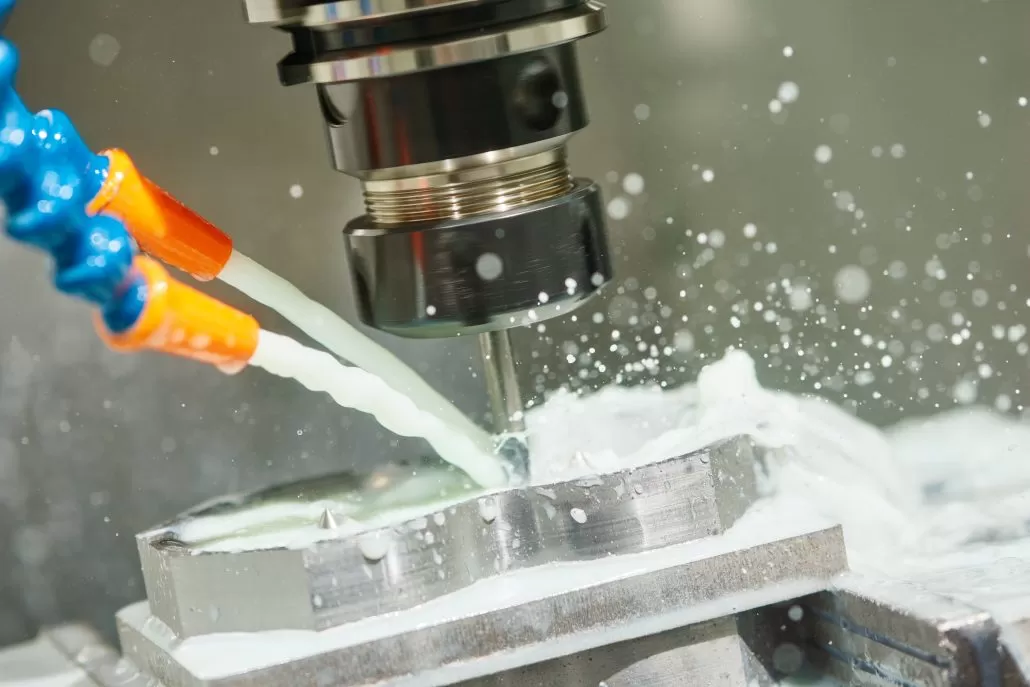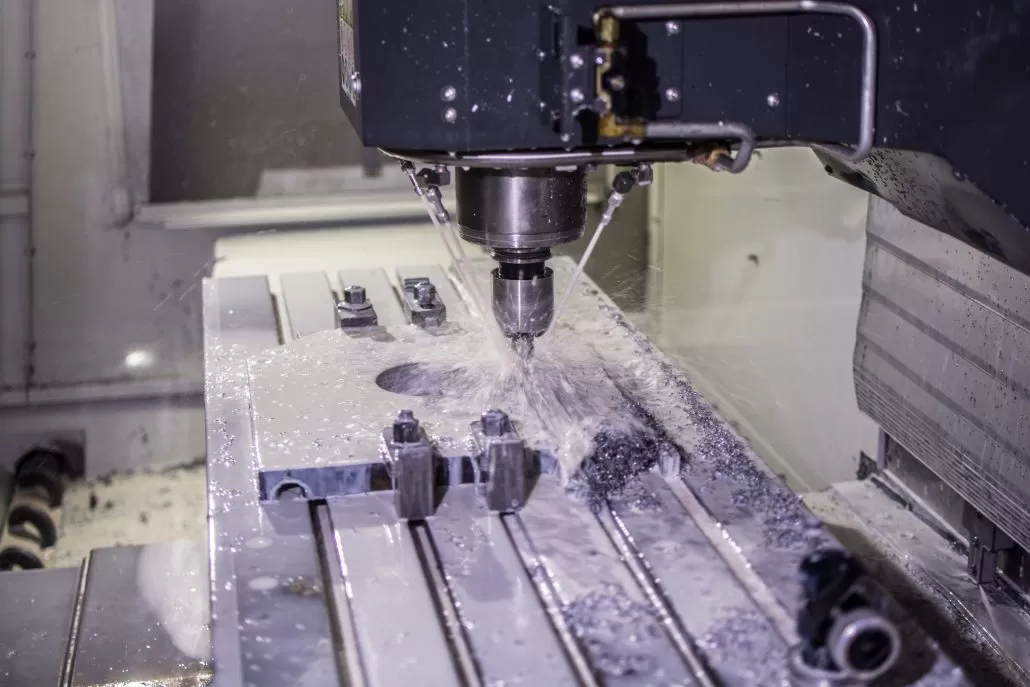CNC machining plays a pivotal role in the modern manufacturing industry. Its advantages of high precision, high efficiency and high stability make it widely used in the field of machining.
In the actual processing process, CNC machining will leave machining allowance on the workpiece, why is this? Longsheng technology website this blog will be from the basic principle of CNC machining technology, the definition of processing allowance and the role in practical applications, for you to explain why CNC processing in detail to leave processing allowance on the workpiece.
Basic principle of CNC machining technology
CNC machining technology is designed to control the movement of machine tools through computer programs to realize the machining of workpiece. Compared with traditional machining methods, CNC machining has the advantages of high precision, high production efficiency and good repeatability. At the same time, CNC processing technology can also be applied to a variety of complex shape parts processing, absorb the advantages of mechanical processing, electronic technology and computer technology.

Definition of machining allowance
Processing allowance can be understood as in CNC machining, in order to ensure that the final geometric size of the workpiece is consistent with the required size, the machine tool in the actual processing process, will leave a certain amount of allowance. Machining allowance is usually based on the workpiece design specification and material cutting rate, but also a combination of machining tool processing capacity, cutting force and other factors, after calculation and measurement.
What is the processing allowance?
Machining allowance refers to the difference between the size of the workpiece before CNC machining and the size after machining. Why leave a machining allowance on the workpiece? This is because in CNC machining, machining tool size and shape error, thermal deformation in processing, vibration in the process of cutting and other factors will lead to machining size and design size deviation. Therefore, leaving a certain processing allowance can be corrected in the subsequent processing process to ensure the dimensional accuracy of the final product.
Why should we reserve machining allowance?
In CNC machining, because the machining process of the machine is carried out in accordance with the numerical control program, so we need to reserve some machining allowance. These machining allowances are reserved by designers at the time of design, why should we reserve machining allowances? The main reasons are as follows:
Avoid uncontrolled workpiece size due to electrode processing and other problems
in some fine processing technology, such as electrode processing, there are small errors between the data after processing and the original data. If enough margin is not left during processing, then this error will lead to the final workpiece size uncontrollable. Therefore, in CNC machining should be appropriate to leave a margin, so as not to lead to the error of the workpiece size does not meet the requirements.
Polishing
On some parts that need polishing, machining allowance can avoid surface damage and make the result of machining more perfect.
Wear and tear
On some parts with high frequency of use, the increase of use time will lead to wear and tear on the workpiece surface. And reserve processing allowance, can be processed in maintenance, reduce the damage of the workpiece.
The right amount of allowance can reduce the error caused by tool deviation
in CNC machining process, sometimes due to the gap between the tool and the workpiece or due to machining force and other problems, will cause the workpiece and the tool to deviate from their theoretical path. If a certain amount of margin is left when processing, then this error will be made up to a certain extent. Thus ensuring the final precision and surface quality of the workpiece.
The disadvantage of not leaving processing allowance
Machining allowance is the key to ensure the correct size and shape of the workpiece, because there are many factors in CNC machining may cause machining shape or size changes. These factors include material deformation, tool wear, machine tool wear, etc. If these factors are not taken into account, the following problems arise:

Inaccurate size of the workpiece
If adequate machining allowance is not left, the size of the workpiece may shrink due to many factors, resulting in the entire workpiece being unable to be used normally. This is dangerous, especially when making parts that fit closely together.
Rough surface
If no machining allowance is left, the material tends to be squeezed into tank clothing, resulting in an uneven surface that requires secondary machining or polishing. This will waste time and cost, and will affect the speed of production.
Machine tools
If the wear of machine tools is not considered, the quality of the workpiece will suffer. Machining allowance will ensure normal wear and tear of the tool and make the service life longer.
How to leave processing allowance correctly?
Now that you know the importance of leaving a machining allowance, it’s time to decide how much to leave. In fact, the amount of machining allowance depends on a variety of factors, such as the machine materials used and machining procedures.
If a high-precision machine tool is used and the quality of the steel is very good, the margin can start from 0.005 mm, and the margin of processing a large margin of board or plastic needs to be larger, because their material properties are relatively loose, and whether the fiber continuous will also affect the strength of the board.
Therefore, it is recommended to follow the advice of the machine tool manufacturer to determine the size of the machining allowance. This value may vary depending on machine tools and materials.
The machining allowance needs to be adjusted according to different materials and part types. Generally, the machining allowance for thin-walled and large-sized parts is slightly larger than that for ordinary parts. For some simple workpiece with low precision, machining allowance can be appropriately reduced to reduce processing time and tool consumption. In short, in CNC machining, if you can correctly estimate the size of the machining allowance, you can greatly improve the processing efficiency and processing quality.
The role of machining allowance in practical application
In CNC machining, the existence of machining allowance has its important role. In the process of processing, the machine tool can only move according to the preset program, because the machining process will be affected by cutting force, vibration, deformation and other factors, so the size of the workpiece processed out may appear error. At this time, the processing allowance can play a very good adjustment role, through the control of the processing allowance, you can ensure that the size of the workpiece after processing can be consistent with the size of the design.
In addition, machining allowance can also play a role in adjusting cutting pressure, reducing machine tool wear, reducing tool wear, increasing the life of cutting tools and so on. Therefore, in the process of online CNC machining, machining allowance is a very important concept.


